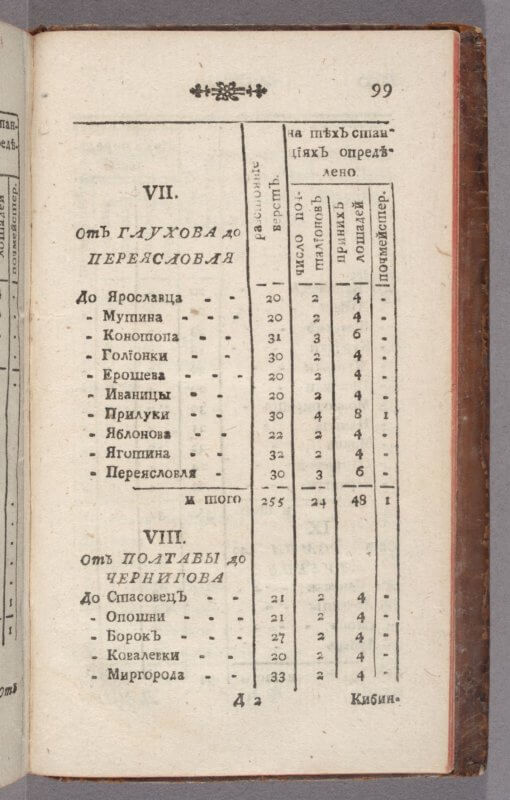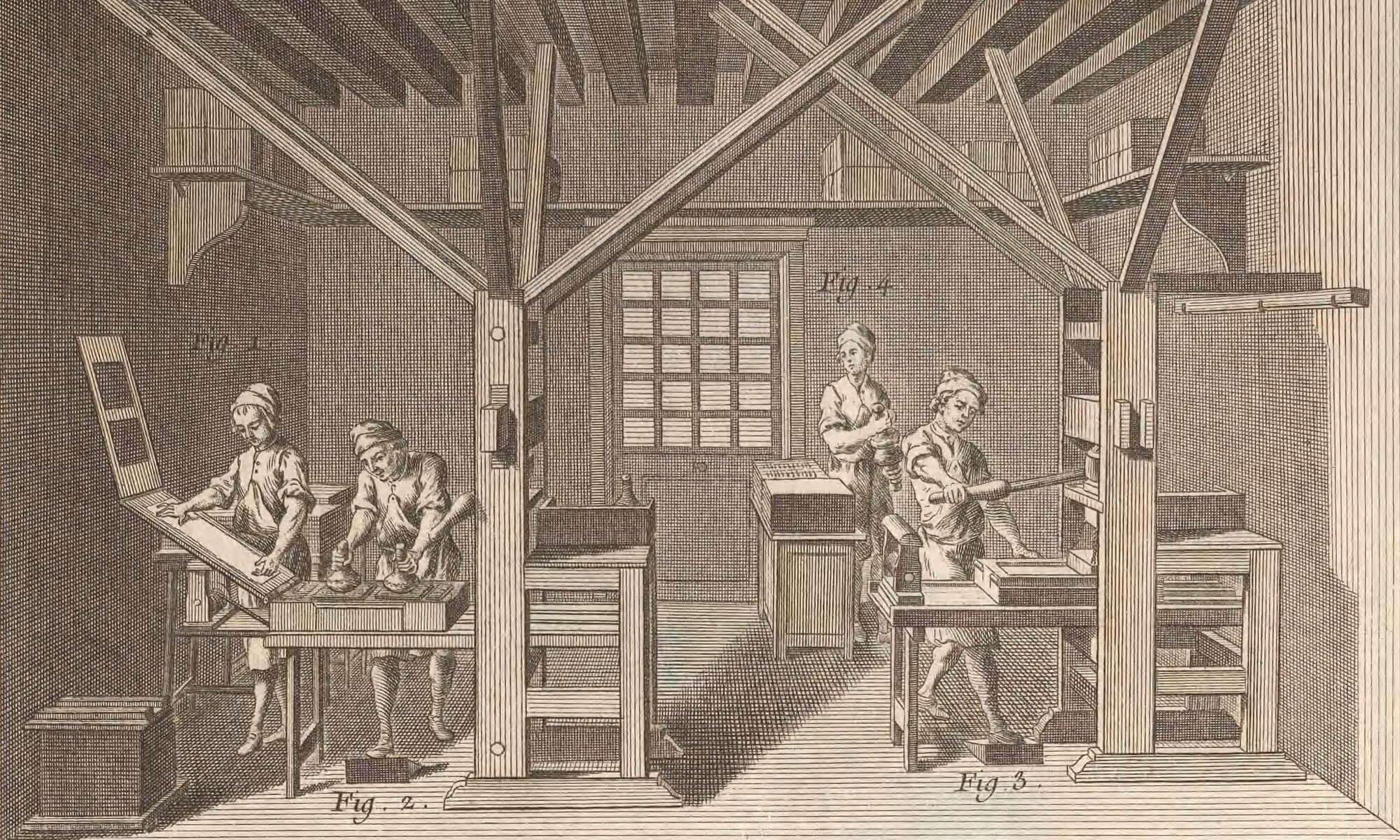Comenius, Orbis, 1685 (O1v-O2r)
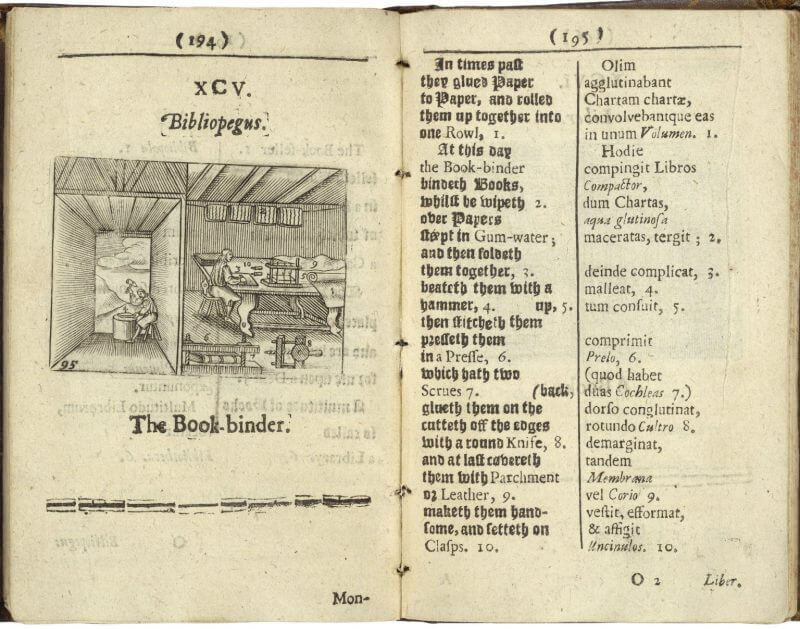
Dowland, Second booke of songs, 1600 (A2r)
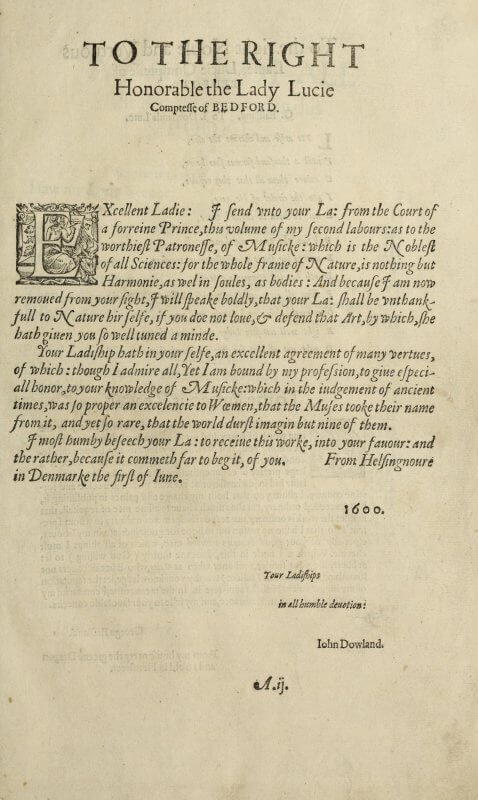
Dowland, Songes, 1597 (L1r)

Gerard, Herball, 1633 (4y2r)
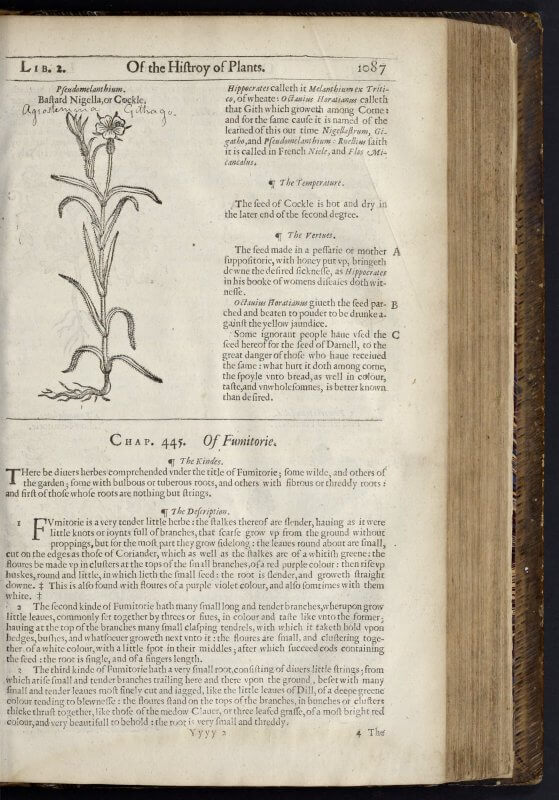
Mattioli, Herbarz, 1562 (fol. CXXXVIr)
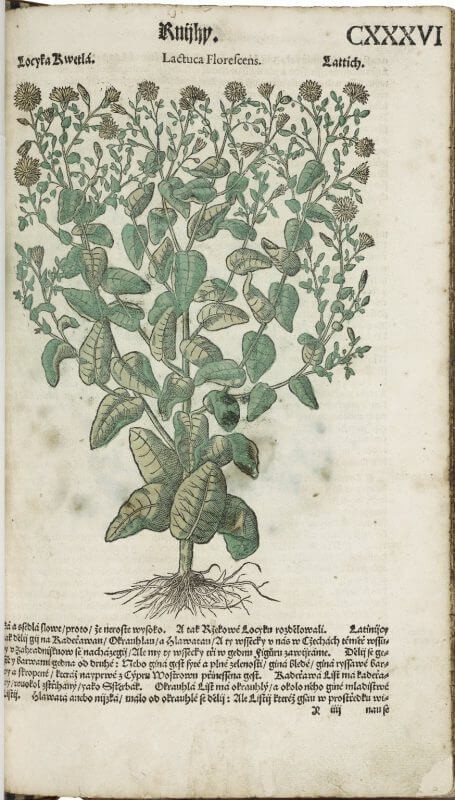
Nostradamus, An almanach, 1562 (fol. 2r)
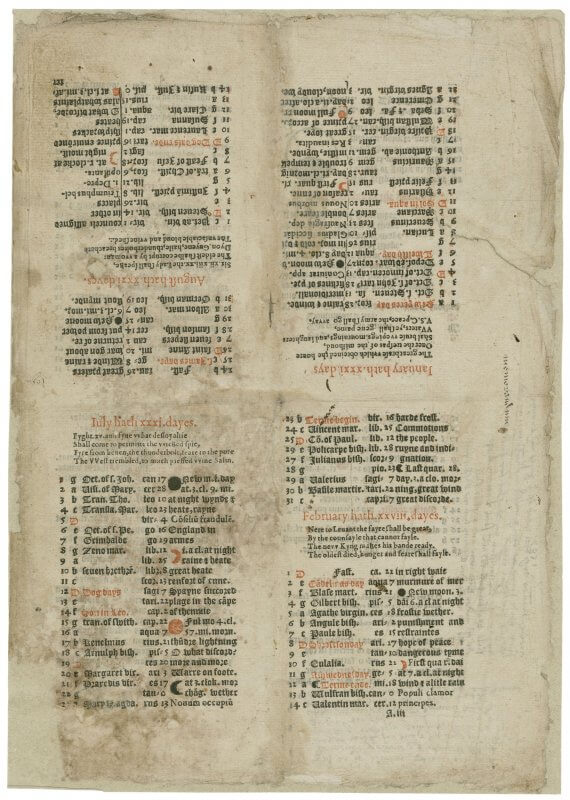
Philipott, Aesop, 1666 (sig. 2Q2r)
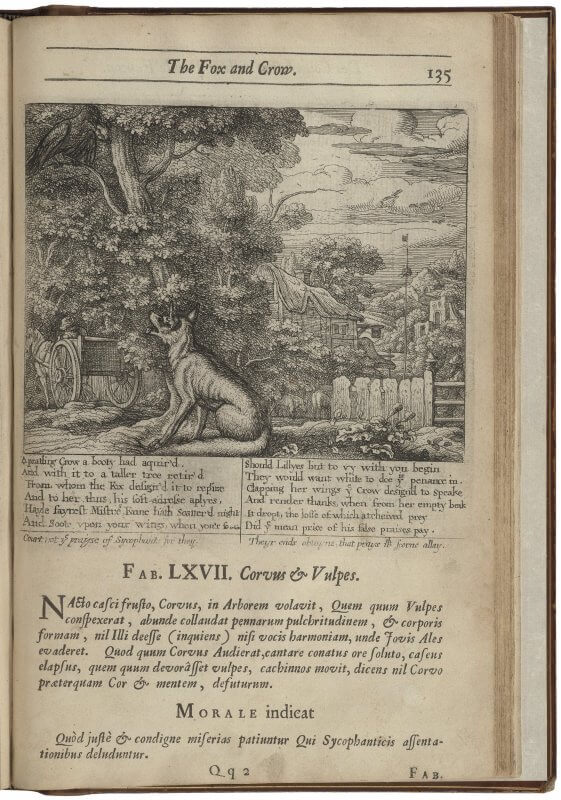
Prouisiones cedulas, 1563 (m2r)
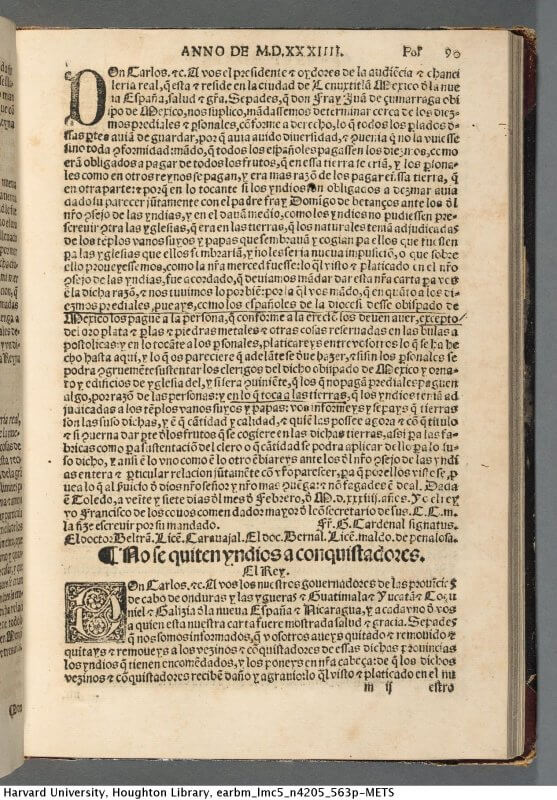
Ruban, Kratkaia letopis Malaia Rrossiia, 1777 (И5)
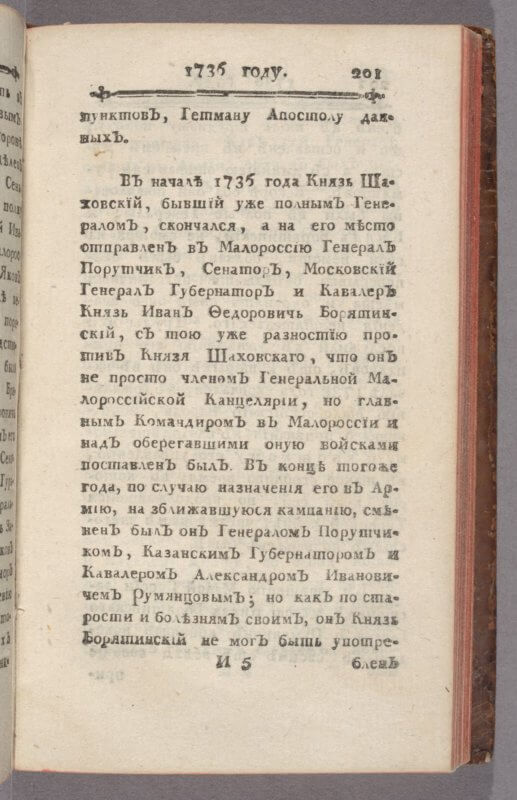
Ruban, Kratkaia letopis Malyia Rossii, 1777 (Д2)
